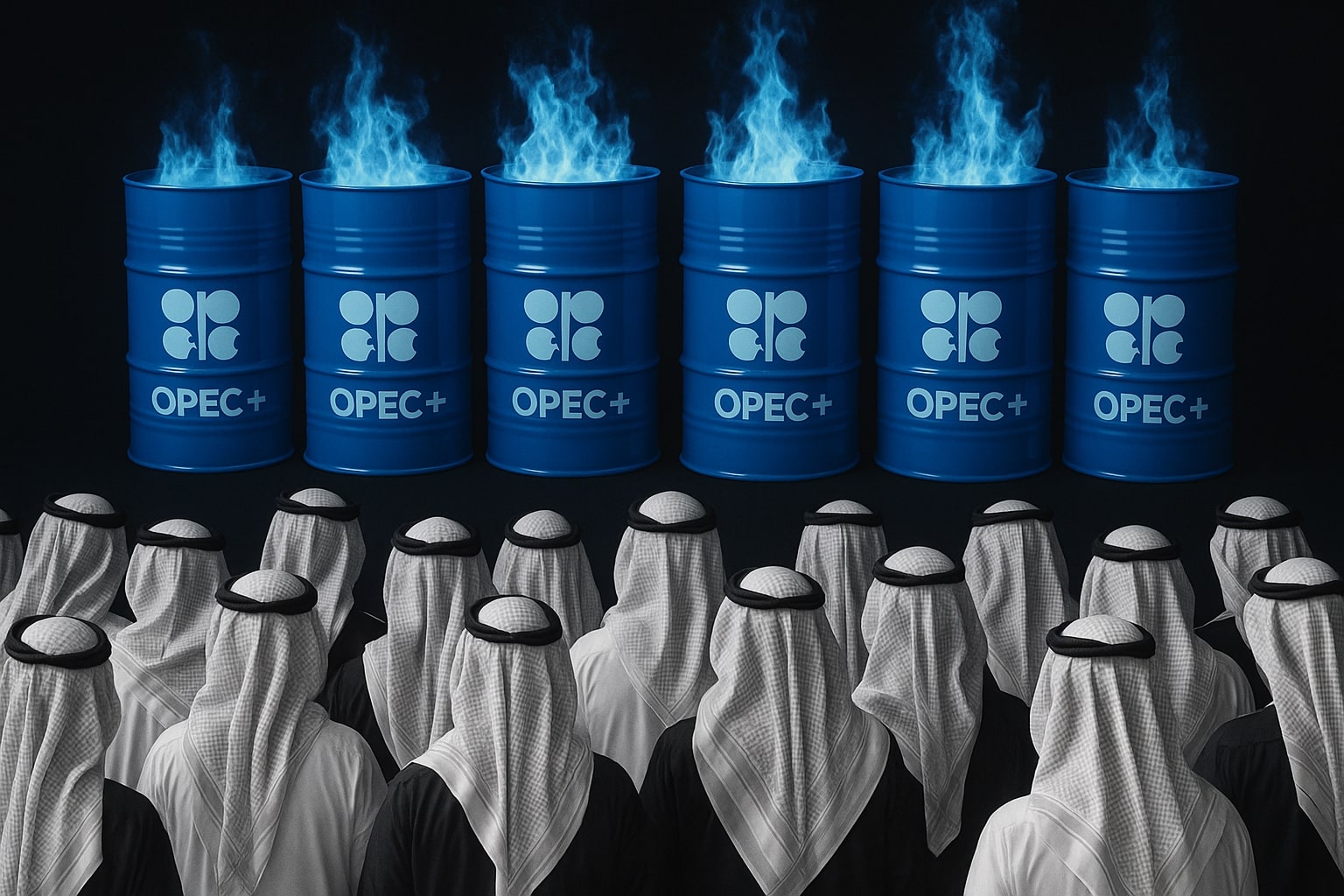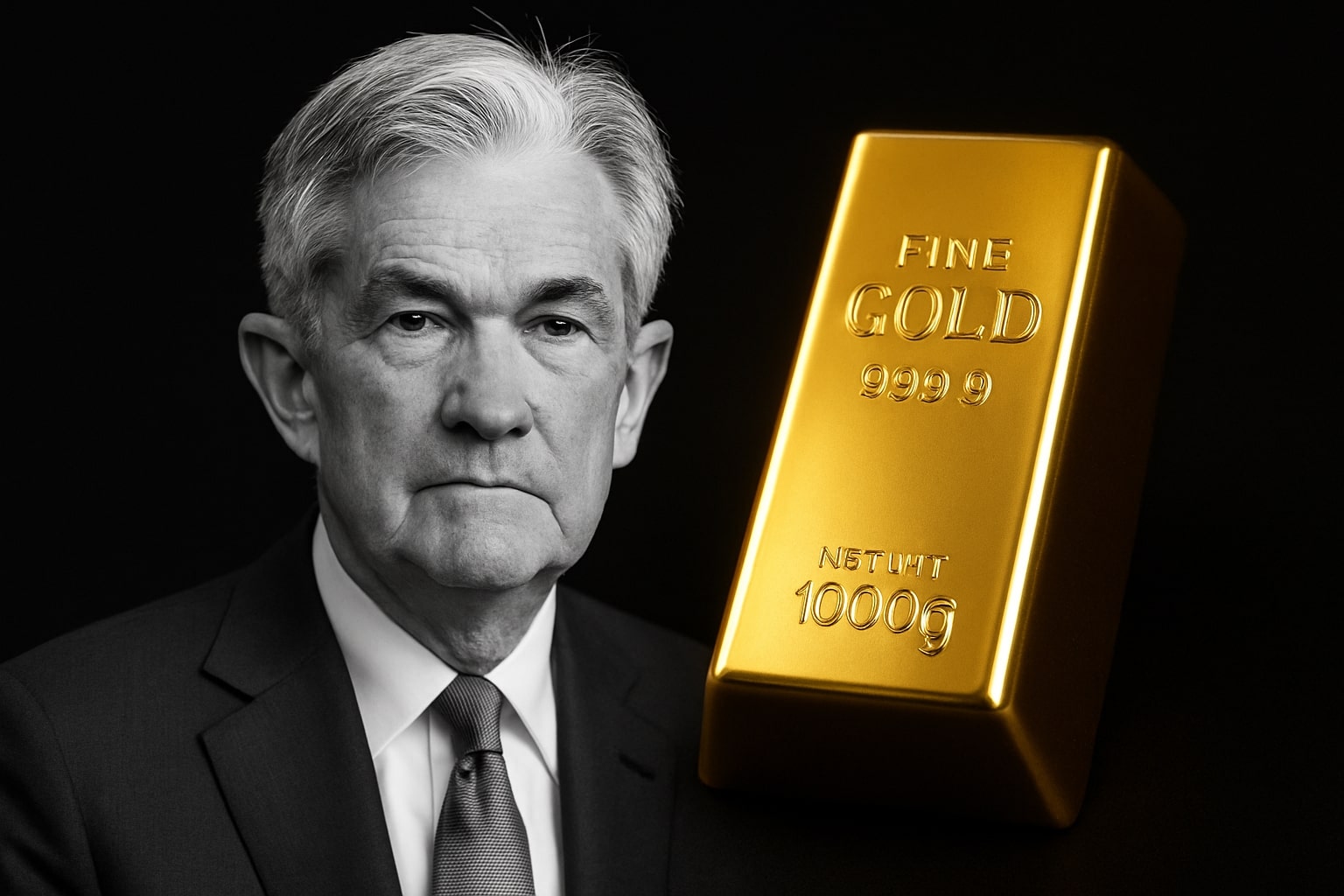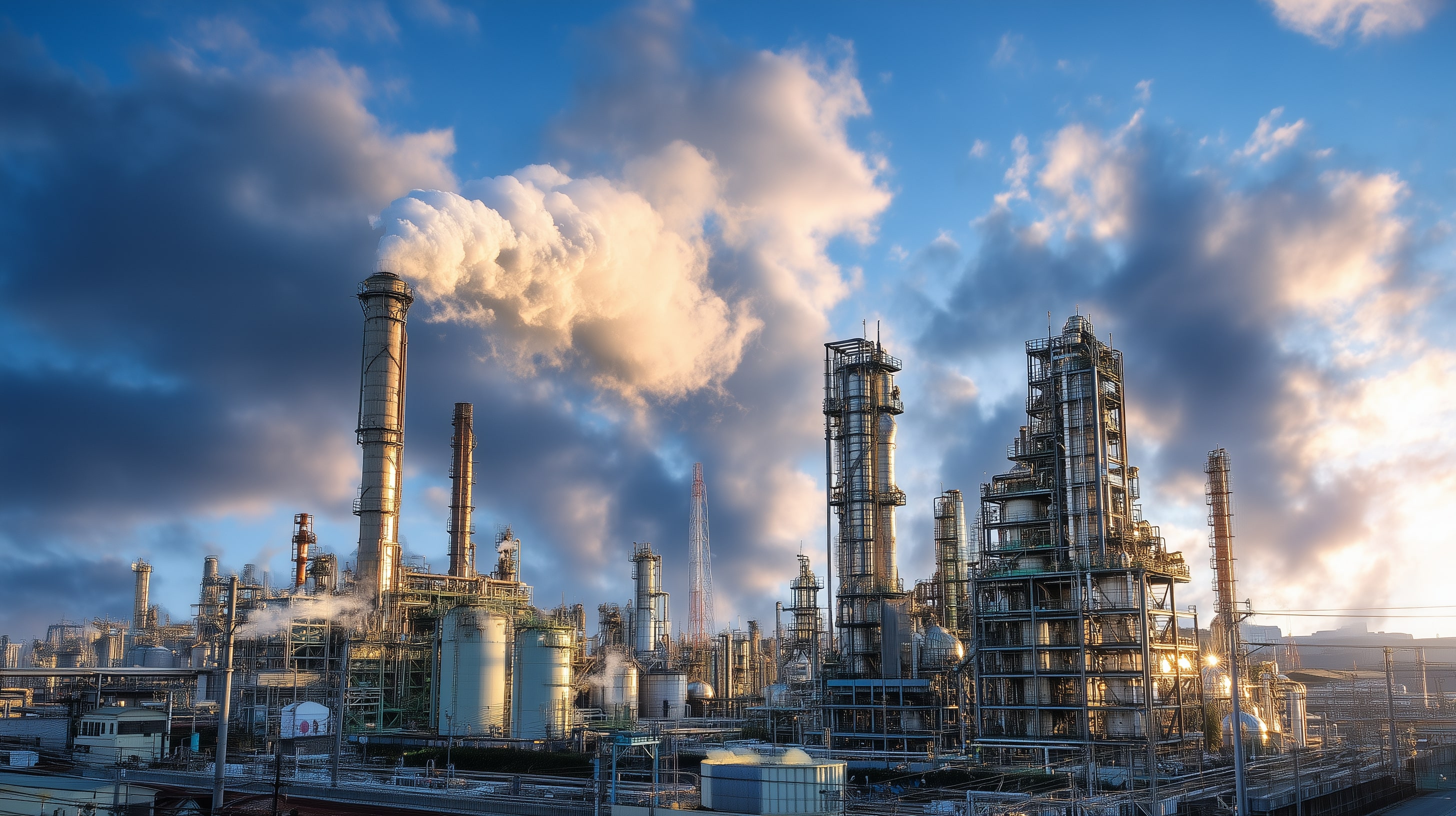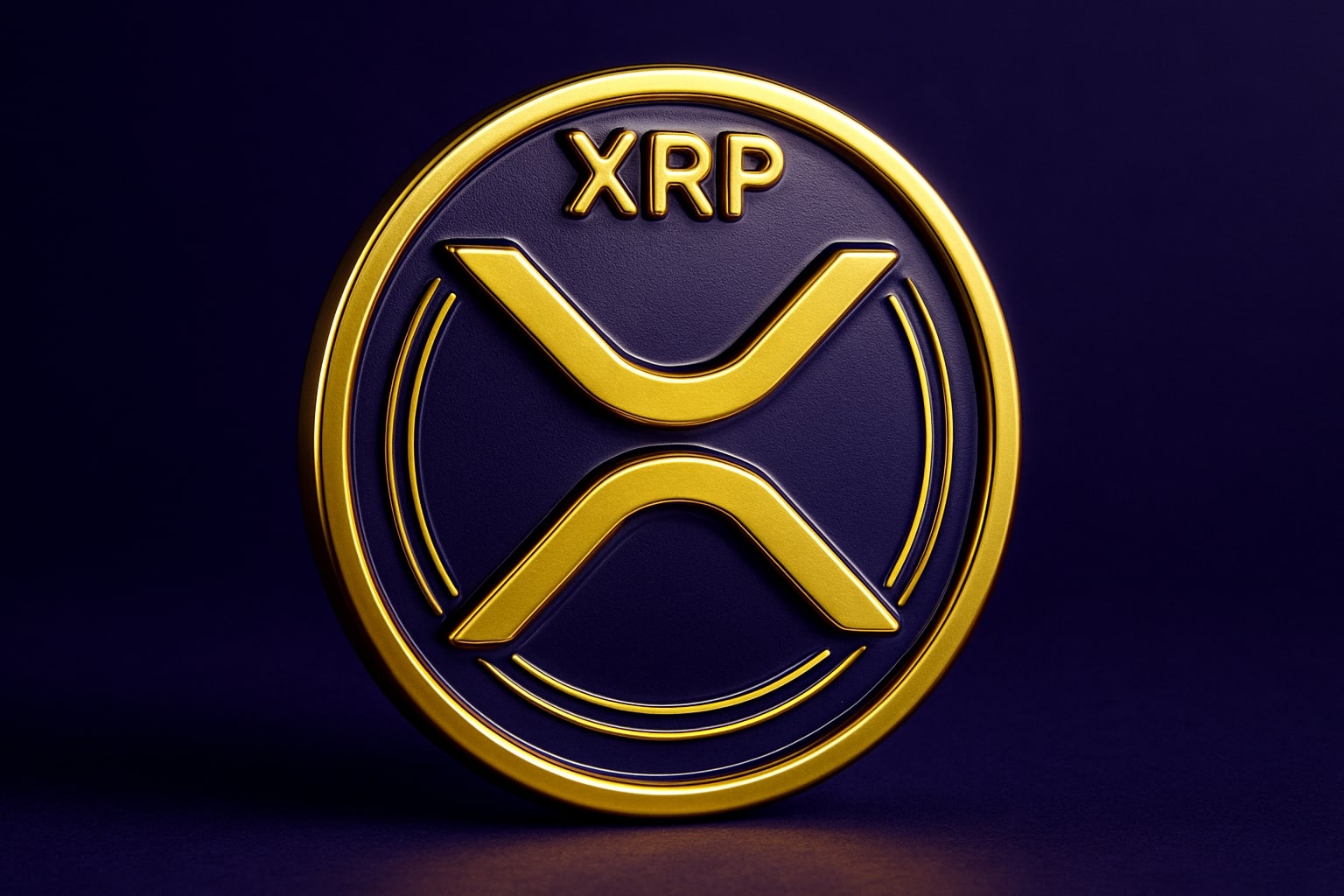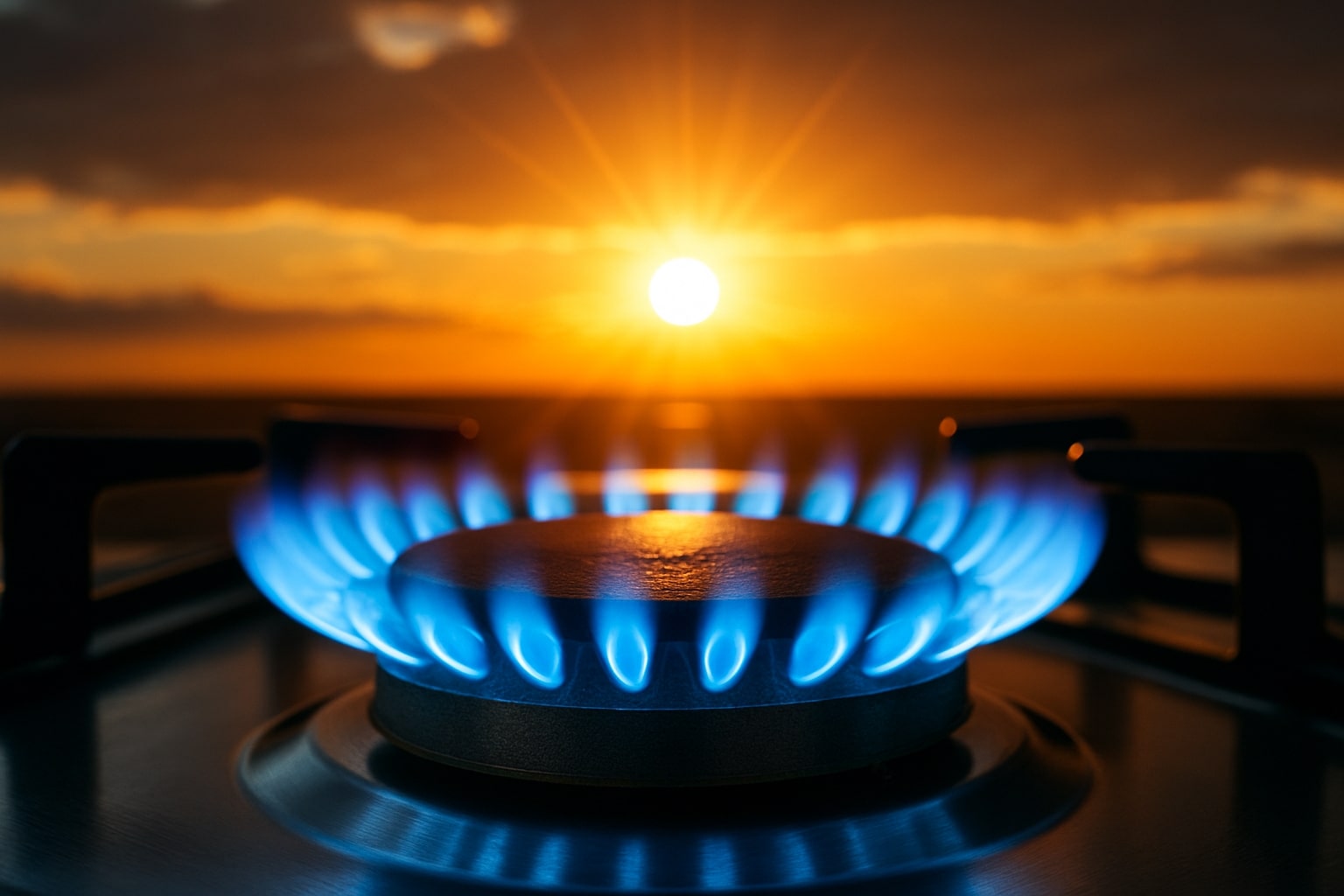
Natural Gas Prices Set to Soar: What’s Fueling the Surge in NG=F Prices?
Natural Gas prices have spiked to $3.64 per MMBtu. Are we entering a new price cycle, and what’s next for investors? | That's TradingNEWS
Natural Gas Prices Set to Soar: What’s Fueling the Surge in NG=F Prices?
Natural gas prices, represented by NG=F, have experienced a significant surge, recently hitting $3.64 per MMBtu. This marks a pivotal moment in the market, driven by a confluence of factors, including increasing seasonal demand, geopolitical tensions, and shifts in global supply dynamics. As these factors push the prices higher, investors and industry experts alike are closely watching for further developments in this volatile energy market.
Seasonal Demand and Weather Forecasts Push Prices Higher
As we approach the summer months, the anticipation of rising temperatures across the U.S. is significantly driving up demand for natural gas. The National Weather Service predicts hotter-than-usual summer temperatures for states east of the Rocky Mountains, which is expected to lead to increased natural gas consumption, especially in the upper Midwest.
With demand expected to surge, the natural gas market is poised for tighter supply conditions, creating upward pressure on prices. The Energy Information Administration’s (EIA) upcoming report on natural gas inventories is expected to show an above-average stock increase, with estimates ranging between 99-101 billion cubic feet. This increase is primarily driven by the need to replenish reserves ahead of the high-demand summer months, making this a crucial period for the energy market.
Geopolitical Tensions and Supply Constraints Contribute to Price Rally
In addition to seasonal demand, ongoing geopolitical tensions have added another layer of volatility to the natural gas market. The recent developments in Ukraine and the Middle East have led to tighter sanctions on countries like Iran and disruptions in supply chains. These geopolitical factors have raised concerns about global energy security, and natural gas prices have reacted accordingly.
The sanctions on Iranian crude, for example, continue to tighten global energy markets. With Iran’s oil output reduced, countries that rely on these imports, particularly those in Europe and Asia, are looking for alternative sources of energy, including natural gas. This demand shift puts pressure on already constrained global supplies, further driving up the prices of NG=F.
The Role of Wind and Solar Energy in Supply Dynamics
The role of renewable energy sources, such as wind and solar, continues to grow as a contributing factor in shaping the demand for natural gas. The EIA forecasts that wind and solar energy will play a significant role in meeting the energy needs of several U.S. regions this summer. However, due to variability in renewable energy production, especially when wind and sunlight conditions fluctuate, natural gas remains a critical backup energy source.
This dynamic is particularly relevant in areas where wind and solar power are not sufficient to meet peak energy demands, forcing the grid to rely on natural gas-fired power plants. As a result, natural gas prices benefit from this reliance, especially during high-demand periods.
Market Reactions and Technical Price Movements
On the technical front, natural gas futures have been hovering around the $3.64 mark, with strong support from key trendlines and the 50 EMA (Exponential Moving Average) at $3.585. This technical structure reinforces the short-term bullish trend, with expectations for further price increases. If the price can hold above $3.64 and challenge resistance at $3.750 and $3.850, there’s potential for a continued rally.
However, a break below the $3.527 support level would signal that the upward momentum might weaken, possibly pushing prices back toward $3.500. A sustained move above $3.750, however, would confirm a more robust recovery and set the stage for prices to potentially approach the $4.00 mark.
The Broader Economic Impact on Prices
Natural gas prices are influenced not only by domestic demand and geopolitical tensions but also by broader macroeconomic conditions. For example, the global economic recovery post-pandemic, combined with efforts by various governments to shift energy sources away from fossil fuels, is creating mixed pressures on natural gas demand. On one hand, countries like China and India continue to fuel their rapid industrialization with natural gas, while on the other hand, developed nations push towards cleaner, renewable energy.
The global natural gas market is also dealing with the complexities of long-term contracts and spot market pricing. As a result, natural gas prices often react to these changes in supply chains and production costs, making it essential for traders and investors to keep a close eye on both short-term price movements and long-term structural shifts.
What’s Next for Natural Gas Prices?
As we move into the summer, market participants are eagerly watching weather forecasts and energy inventories to gauge the likely direction of natural gas prices. With the anticipation of higher demand from both residential and industrial sectors, coupled with ongoing geopolitical uncertainty, there is a strong case for further price increases in the near term.
However, the situation remains fluid. Supply issues, especially those influenced by geopolitical developments, could cause sharp price swings. Similarly, if renewable energy production outpaces forecasts, natural gas prices could face downward pressure, despite the seasonally driven demand surge.
In conclusion, natural gas prices, represented by NG=F, are experiencing a multifaceted rally driven by rising seasonal demand, geopolitical pressures, and shifts in global energy production. As prices challenge key resistance levels, investors must closely monitor market conditions, including inventory reports, geopolitical events, and renewable energy contributions, to make informed decisions on the future trajectory of natural gas prices.
Where Is the Natural Gas Market Headed?
With all the factors at play, it is crucial to ask: What will drive the next phase of natural gas pricing? Will summer demand push prices even higher, or will supply chain constraints and geopolitical risks provide more volatility? Given the current market dynamics, the outlook for natural gas remains bullish, but the timing and magnitude of the price movement will depend on how these multiple factors evolve.
That's TradingNEWS
Read More
-
AMD Stock Price Forecast - AMD Shares Soars to $258.32 as AI and Data Center Demand Fuel a Major Breakout
12.11.2025 · TradingNEWS ArchiveStocks
-
XRP Price Forecast - XRP-USD Struggles at $2.35 as Bulls Defend $2.00 Support and Death Cross Threatens a Deeper Pullback
12.11.2025 · TradingNEWS ArchiveCrypto
-
Oil Price Forecast - Oil Prices Fall Sharply; WTI at $58.97, Brent at $63.01 as OPEC Forecast Sparks Bearish Turn
12.11.2025 · TradingNEWS ArchiveCommodities
-
Stock Market Today: Dow Breaks 48,000 as AMD Surges 9% and JPMorgan Hits Record High
12.11.2025 · TradingNEWS ArchiveMarkets
-
GBP/USD Price Forecast - Pound Slides to 1.3105 as BoE Rate-Cut Odds Surge and UK Political Turmoil Pressures the Pound
12.11.2025 · TradingNEWS ArchiveForex














